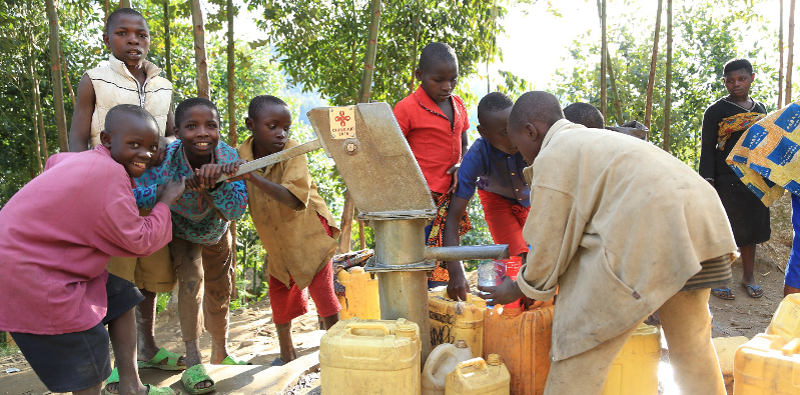
Groundwater Resources Monitoring key for water security
The Integrated Water Resources Department (IWRMD) recently conducted an exercise in line with ground water monitoring in a bid to determine the status of boreholes in the country and access by communities.
This exercise focused on collecting and processing data from the boreholes constructed in the whole country and to establish a groundwater resource monitoring network across the country.
The inventory activity provided IWRMD with enough information on existing boreholes and based on findings, some boreholes will be retained to hold the piezometers and/or barometers for permanent groundwater level data collection.
Currently, an assessment has been conducted in 12 Districts covering seven Catchments of level1 and two hundred seventy six out of seven hundred ninety boreholes (276/790 boreholes). Among all those assessed boreholes, 27.2% (75 boreholes) are destroyed and can’t be repaired. 30.1% (83 boreholes) among them are not working but they can be repaired and are accessible by communities. Only 42.7% (118 boreholes) of assessed boreholes are still operational. In general, it has been found that the non-operational boreholes didn’t have maintenance committees while those made long time ago and still operational are in most of cases have maintenance committees.
The second activity was to establish the groundwater monitoring network. In first phase 8 piezometers, 6 barometers and 4 shallow observatory wells were installed as detailed in the following table:
To select the borehole which can be used for monitoring we ensured that there were not working, the formation rock had to be known and the current static water level.
The installation of piezometers is at 57% of the target while the barometers installation is at 75%. After installing data collection devices.
Story by Gilbert Niyidufasha (IWRMD)
